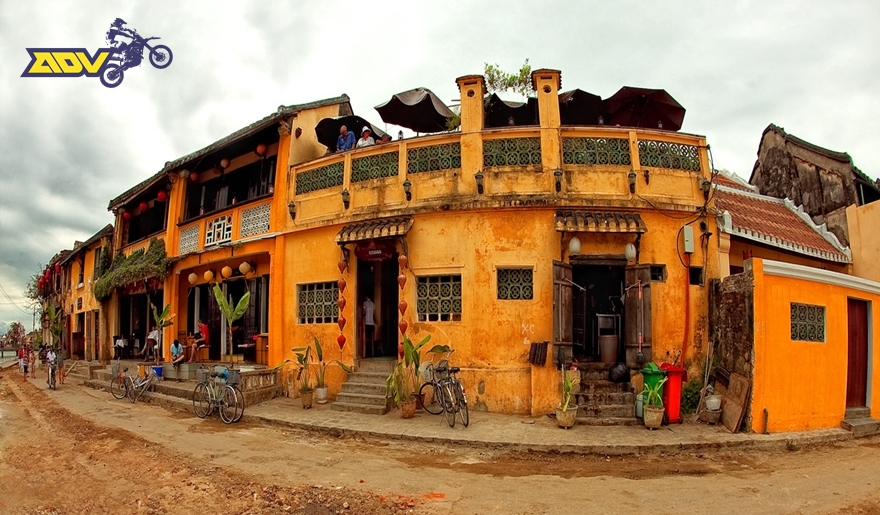Hoi An
Hoi An is a charming ancient town lying in the confluence of Thu Bon River in the coastal plain of Quang Nam Province, about 30km south of Danang. Hoi An was well-known worldwide with many different names such as Lam Ap, Faifo, Hoai Pho and Hoi An. Hoi An has many ancient quarters built from the 16th century and still exist almost intact to date. Hoi An Ancient Town has been recognized as a UNESCO World Heritage Site since 1999. This is a place that attracts many visitors to Da Nang to visit Hoi An.

Being the only traditional South East Asian seaport in Vietnam, Hoi An retains almost intact over a thousand architectural monuments such as streets, houses, conventions, communal houses, pagodas , shrines, churches, ancient wells, ancient tombs ... The architecture has both traditional artistic nuances of Vietnam, and the cultural integration with Eastern and Western countries. Over the centuries, customs, rituals, cultural activities, beliefs as well as traditional dishes are preserved along with generations of the local people. Hoi An also has a natural environment, peaceful with small villages, and lovely craft villages such as carpentry, bronze, pottery...
Researchers believe that ancient architecture in Hoi An has been rebuilt since the early 19th century, although the construction year may be much older. Ancient architecture is most prominent in the Old Quarter. Located in the area of Minh An Ward, the ancient town has an area of about 2km² including most of the famous relics in Hoi An. Streets in the old town are short and narrow, winding like the chessboard. The buildings in the Old Quarter are built mostly of traditional materials: brick, wood and maximum two floors. Visitors can easily realize the time not only in the architectural style but also through the roof of yin-yang covered with moss and grass; the walls are grey and old; This place must have attracted talented craftsmen of carpentry, masonry, ceramics of the Chinese, Japanese, Vietnamese people and Cham people because every work left today also imprint cultural diversity of many ethnic groups.
For many centuries, Hoi An has been a meeting place of many cultures in the world. Besides the customary customs of the Vietnamese people, it has more custom of the community of foreign residents settling here such as stone worship; Ca Ong worshiping of Central Coast; Natural phenomena worshiping such as rain, wind, thunder, lightning or sacred objects (ancient trees), ...
These diverse social and cultural factors make up the community of Hoi An residents.
Hoi An people who are rich in cultural traditions and soon exchange with the outside world, do not know themselves have formed a unique cultural identity and preserved the it through generations until today. With them, the city of Hoi An is considered as a large ancient home in which a large family living together to create a community of peaceful living together.
The richness and diversity of Hoi An people's cultural identity is also reflected in traditional dishes such as Cao Lau, Hoanh Thanh, To cake, It cake ... Life has changed over the years, but Hoi An people do not lose the familiar customs and cultural festivals. Lantern festival is held every month on the 14th lunar month and this is also a chance for visitors to live in the atmosphere of traditional Hoi An.
Because the attractive of this ancient town, we choose Hoi An as the last destination in the journey of 8 days Ho Chi Minh trail motorbike tour and riders have more time to explore this beautiful place.
Related Tours
The Legenday Ho Chi Minh Trail Motorbike Tour in 7 Days
The length of The Legendary Ho Chi Minh Trail Motorbike Tour is flexible, it lasts from 7 days to 18 days. Contact us for more options about this incredible ride [ Tour details ]
Other Destinations



